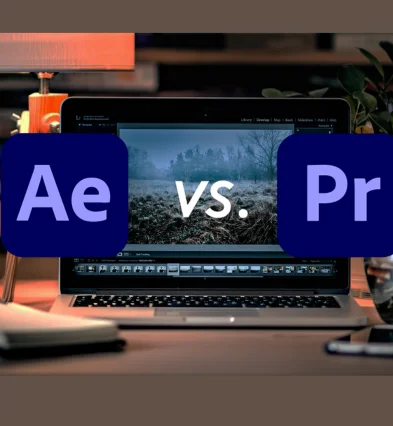
Which to Use: Premiere or After Effects?
Understand the difference between Premiere Pro and After Effects to choose the best software for editing or motion graphics creation.
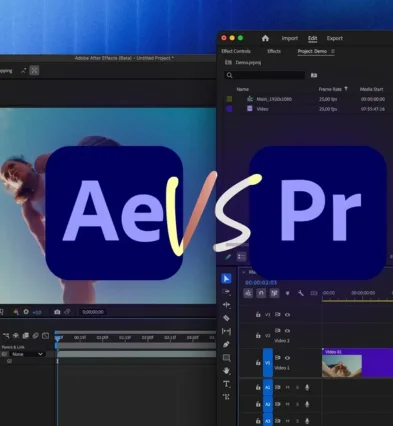
What Makes Them Different?
Premiere Pro is ideal for video editing and timelines, while After Effects is built for animation, motion graphics, and visual effects.
Key Difference: Editing vs Animation Focus
PremierePro
|
|
|
|
|
After Effects
|
|
|
|
|
Editing Capabilities
- Premiere Pro supports timeline-based editing for cutting, trimming, and arranging clips into full-length films or social videos.
- After Effects is not designed for full video editing but shines in creating motion graphics and animated visual content.
- Premiere Pro offers native tools for audio syncing, transitions, and captions.
- After Effects focuses on effects, text animation, and motion tracking techniques.
- Premiere Pro includes multicam editing, making it ideal for interviews or live performances.
- After Effects uses keyframes for frame-by-frame animation and compositing control.
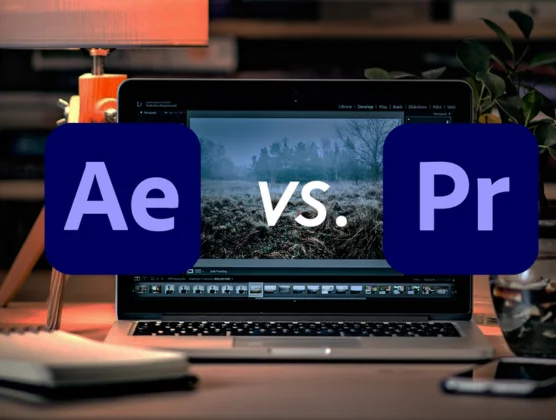
Workflow & Interface
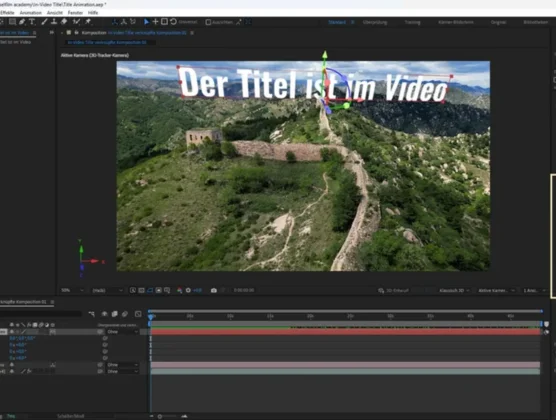
- Premiere Pro uses a traditional video editing timeline optimized for quick cuts and audio-video sync.
- After Effects has a layered timeline better suited for effects and animation sequences.
- Premiere Pro integrates easily with media formats and camera files.
- After Effects requires asset prep but provides deeper control over individual elements.
- Premiere Pro supports a faster editing workflow for storytelling.
- After Effects takes longer but offers more visual impact through motion and design.
Ideal Use Cases
- Premiere Pro is perfect for editing YouTube videos, vlogs, films, interviews, and corporate content.
- After Effects is great for title animations, intros, lower thirds, and special effects.
- Premiere Pro handles pacing, scene flow, and audio syncing for complete video production.
- After Effects is better for motion logos, kinetic typography, and visual overlays.
- Premiere Pro serves content creators needing fast turnarounds and polished edits.
- After Effects suits designers and animators working on visual storytelling enhancements.
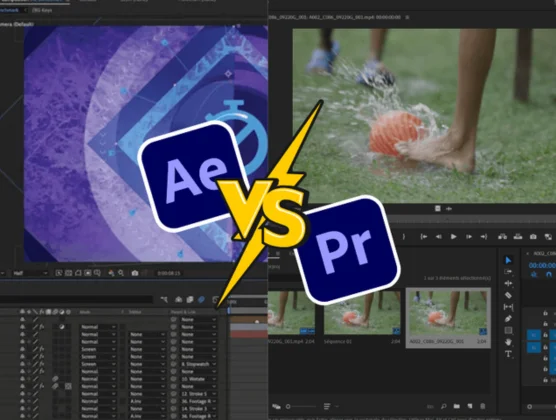
Integration & Output
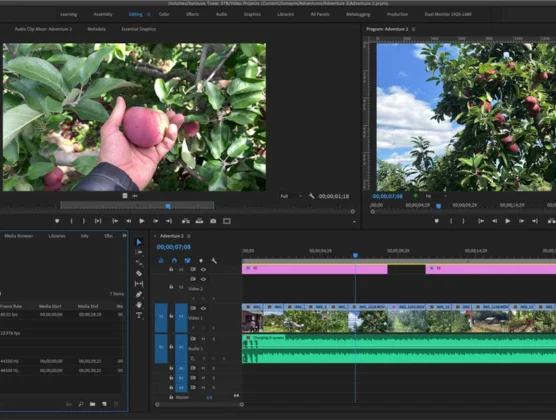
- Premiere Pro integrates directly with Adobe Media Encoder for flexible export settings.
- After Effects requires rendering compositions before final export using Media Encoder or rendering modules.
- Premiere Pro works seamlessly with Adobe Audition for audio refinement.
- After Effects syncs well with Illustrator and Photoshop for layered visual assets.
- Premiere Pro supports fast turnaround on large edits with minimal rendering.
- After Effects renders are slower but offer higher design control and visual depth.
Choose Based on Project Needs and Goals
Use Premiere Pro for editing video content; choose After Effects when you need animation, motion design, or cinematic visual effects.